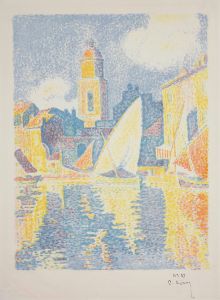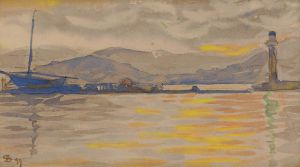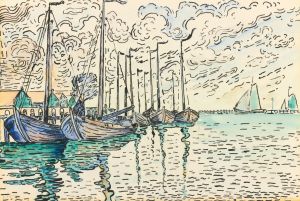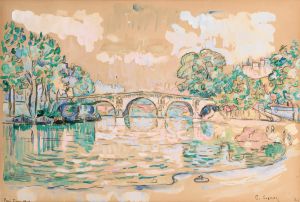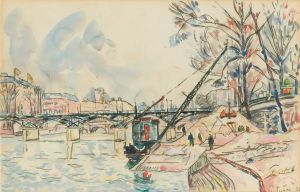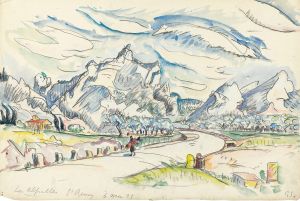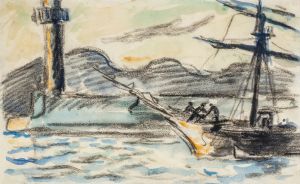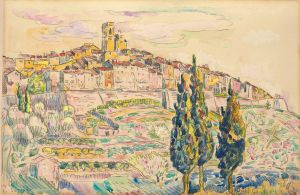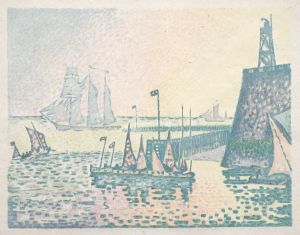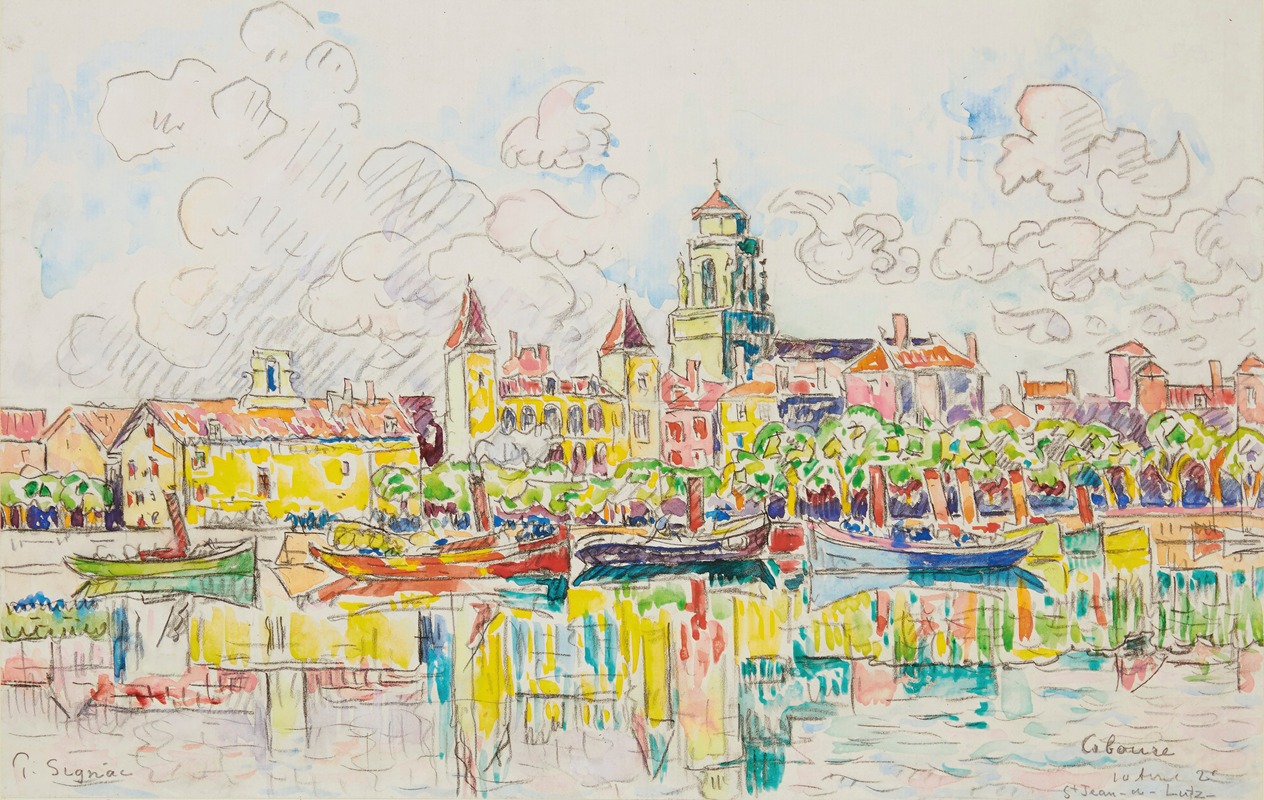
Ciboure
A hand-painted replica of Paul Signac’s masterpiece Ciboure, meticulously crafted by professional artists to capture the true essence of the original. Each piece is created with museum-quality canvas and rare mineral pigments, carefully painted by experienced artists with delicate brushstrokes and rich, layered colors to perfectly recreate the texture of the original artwork. Unlike machine-printed reproductions, this hand-painted version brings the painting to life, infused with the artist’s emotions and skill in every stroke. Whether for personal collection or home decoration, it instantly elevates the artistic atmosphere of any space.
Paul Signac's painting "Ciboure" is a notable work by the French Neo-Impressionist artist, who was a prominent figure in the development of the Pointillist technique alongside Georges Seurat. Signac was born in Paris in 1863 and initially studied architecture before turning to painting. He was deeply influenced by the Impressionists and later became a leading proponent of Neo-Impressionism, a movement characterized by the use of small, distinct dots of color applied in patterns to form an image.
"Ciboure" depicts the picturesque town of Ciboure, located in the Basque region of France, near the Spanish border. This coastal town is known for its scenic beauty and maritime heritage, which have long attracted artists and tourists alike. Signac visited Ciboure during his travels along the French coast, where he sought inspiration from the vibrant colors and dynamic light of the seaside landscapes.
The painting exemplifies Signac's mastery of the Pointillist technique, which involves the application of pure color in small dots or strokes, allowing the viewer's eye to blend the colors optically. This method was based on contemporary color theory and aimed to achieve greater luminosity and vibrancy than traditional mixing of pigments on a palette. Signac's use of this technique in "Ciboure" results in a shimmering effect that captures the essence of the coastal atmosphere.
In "Ciboure," Signac employs a palette of bright, harmonious colors to depict the town's architecture, the surrounding landscape, and the shimmering waters of the harbor. The composition is carefully structured, with an emphasis on balance and rhythm, reflecting Signac's interest in the underlying order of natural forms. The painting's surface is animated by the interplay of light and color, creating a sense of movement and vitality.
Signac's work, including "Ciboure," was influential in the development of modern art, particularly in the way it explored the scientific principles of color and perception. His paintings were exhibited widely during his lifetime, and he played a significant role in promoting the Neo-Impressionist movement through his writings and leadership in artistic circles.
"Ciboure" is representative of Signac's broader body of work, which often focused on maritime themes and the interplay of light and water. His paintings are celebrated for their technical precision, innovative use of color, and ability to convey the beauty and tranquility of the natural world.
Today, Paul Signac's paintings, including "Ciboure," are held in high regard and can be found in major art museums and collections around the world. They continue to be studied and admired for their contribution to the evolution of modern art and their enduring visual appeal. Signac's legacy as a pioneer of Neo-Impressionism and a master of color and light remains influential in the art world.





